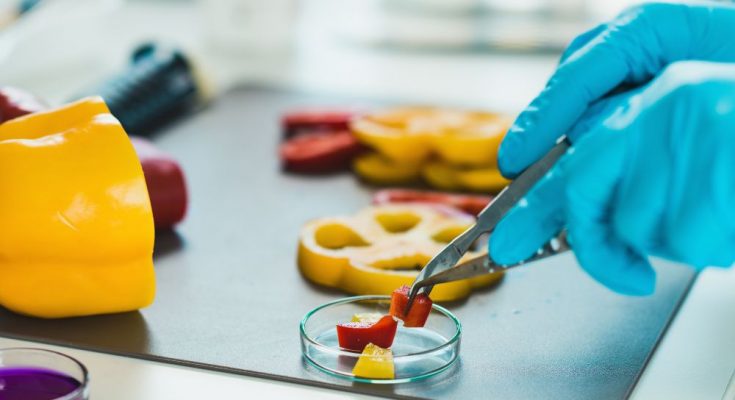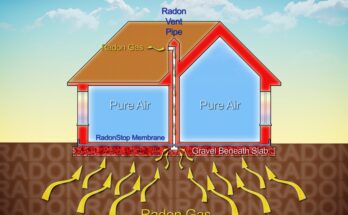We all know that the food we buy at the grocery store is tested for safety, but do you know how we test our food to ensure it’s safe? We’ll be answering that question and more in our brief description of the most common food testing methods and contaminants!
Common Food Testing Methods
There is a wide variety of ways to test food for spoilage, contamination, or vitamin detection, but three of the most common are mass spectrometry, DNA analysis, and nuclear magnetic resonance. We’ll go through each method briefly, explaining how it works.
Mass Spectrometry
The most common method used in food analysis labs is mass spectrometry paired with gas chromatography. Gas chromatography is used in food testing by vaporizing a sample and heating it within a column oven that separates the sample’s components for analysis.
Gas chromatography is accurate, quick, and affordable, so it’s a favorite among food testers. With gas chromatography, scientists can detect contaminants, food additives, and whether the sample has spoiled.
DNA Analysis
Another method that food testers use is DNA analysis, with the most common being polymerase chain reaction sequencing. The DNA is isolated from the sample, amplified, and separated by size.
With the size of the pieces of the DNA, scientists can then compare it to other known DNA fragments to identify them. Polymerase chain reaction sequencing technology is affordable and relatively quick, making it a favorite method for many labs.
Nuclear Magnetic Resonance
Nuclear magnetic resonance (NMR) is a relatively new method that food scientists adopt more often. NMR spectroscopy uses the magnetic properties of chemical nuclei to identify components like fats, alcohol, and sugars.
NMR is gaining in popularity but has some barriers—namely that it’s an expensive process. Food scientists commonly use it in tests for food fraud, or the intentional deception by a company of the quality and contents of its food.
Most Common Food Contaminants
Food is safer than ever, but there are still dangerous contaminants that can slip through the cracks and cause severe illness to consumers. E. Coli, for instance, is typically found in undercooked meat or infected raw milk. But with methods like mass spectrometry, we can ensure every drop of farmer’s milk that makes it to the store is safe for you and your family!
Salmonella is another common contaminant, typically found in eggs, poultry, juice, or raw fruits and vegetables. Unlike most pollutants, salmonella is undetectable to the natural eye, which is why proper food testing of chemical properties is essential to ensure safe consumption.
Next time you buy eggs and chicken at the grocery store, thank food scientists who test our food to ensure it’s safe!
Additional Resources:
RxBar
Clif Bars
Bananas
Strawberries
Peanut Butter



